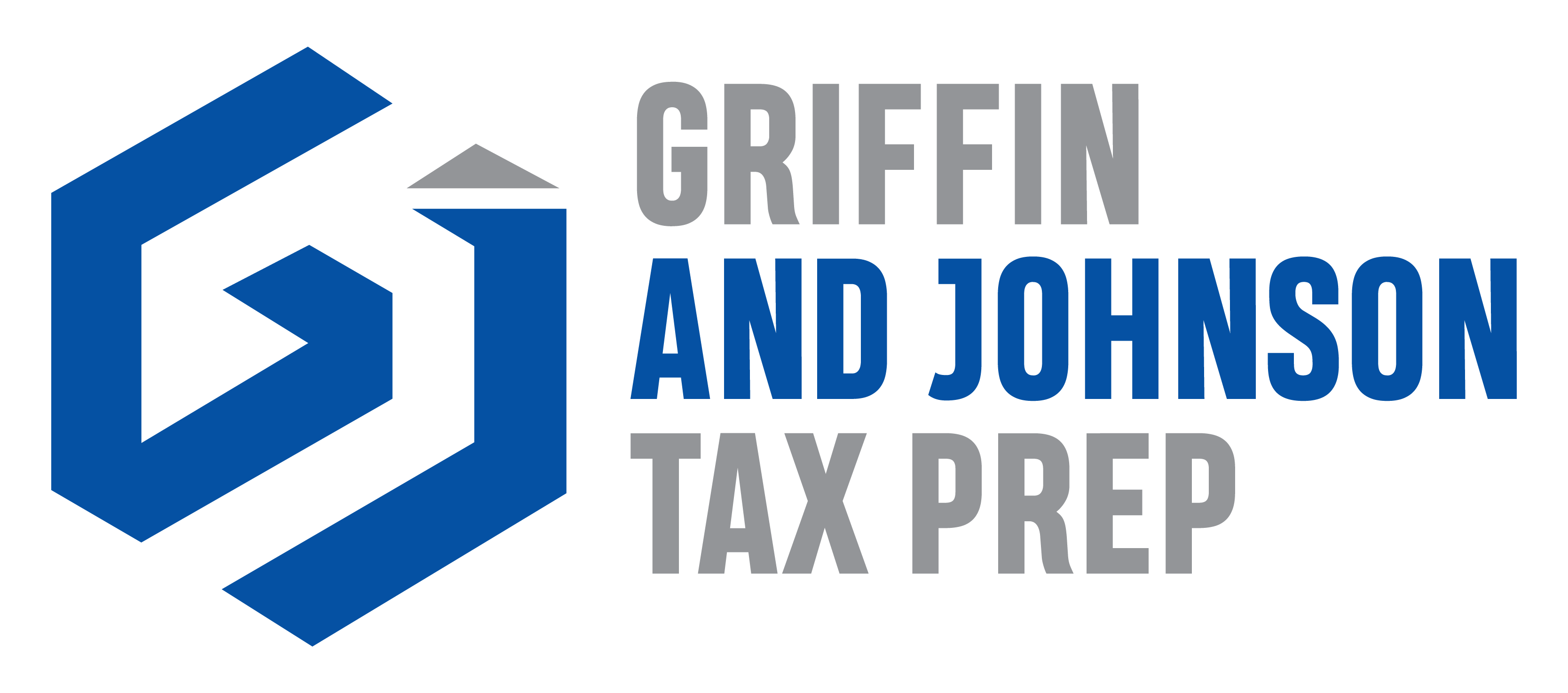Guide to Filing Your Free Tax Return in 2023
Welcome to your essential guide on how to navigate the complexities of filing your free tax return in 2023. With tax season upon us, understanding the importance of timely and accurate tax return submissions is crucial for every taxpayer. Whether you are filing as an individual or for your family, staying informed about the latest tax changes and leveraging free resources can significantly ease your tax filing process.
2023 brings with it several tax law modifications that could impact your filings. This guide aims to sail you smoothly through these changes, ensuring you know who qualifies to file for free and how to go about it. The goal is to not only keep you compliant with the IRS but to also help you maximize your returns efficiently and cost-effectively.
In the following sections, we will delve into a detailed, step-by-step guide on how to use the IRS Free File program, including its eligibility criteria. We’ll provide expert tips on gathering the necessary documents for a complete and accurate file and advice on selecting the most suitable software according to your financial situation. Additionally, we’ll highlight the common pitfalls that taxpayers should avoid to ensure a smooth filing experience. From ensuring accuracy to verifying submission and acceptance, our tips will help prepare you for a hassle-free tax season.
Embark on your journey to a successful and free tax return 2023 with our comprehensive guide, designed to provide all the knowledge and tools you need for this tax season.
Guide to Filing Your Free Tax Return in 2023
Introduction to Filing Your Free Tax Return in 2023
Filing tax returns is an essential activity for individuals and families alike, serving not only as a civic duty but also as a pivotal practice to ensure financial health and compliance with federal and state laws. With 2023 underway, it’s vital to grasp the essentials of tax filing, understanding the latest legal updates and how they might affect you. This guide offers a primary focus on helping you navigate the opportunities available for filing a free tax return 2023, ensuring that you take full advantage of the resources provided by the IRS.
Overview of the Importance of Filing Tax Returns
Filing tax returns is more than just a statutory requirement—it impacts various aspects of your personal and financial life. From qualifying for loans to planning for a secure retirement, the implications are vast. Timely and accurate tax return filing helps to avoid unnecessary penalties and ensures you receive any refunds you’re entitled to without delay. For many, it also plays a critical role in managing personal finances, helping to keep track of annual income and expenditures.
Brief Introduction to Changes in Tax Laws for 2023 Relevant to Individuals and Families
Each year, tax laws might undergo changes that can significantly impact how you prepare your files. For 2022 tax filings due in 2023, notable changes include adjustments in tax brackets and modifications to certain deductions and credits due to ongoing economic policies and inflation adjustments. It’s essential to stay informed about these developments as they can influence the amount of tax owed or the size of your potential refund.
Explanation of Who Qualifies for Free Tax Return Filing
One of the most significant aspects of 2023 tax filing is understanding who qualifies for free filing. The IRS Free File program, for instance, is a public-private partnership between the IRS and many tax preparation and filing software companies offering free services to eligible taxpayers. Typically, if your income is $73,000 or less, you qualify for free guided software available through IRS Free File. This service not only helps you all through the process of preparing your tax return but also aids in identifying credits and deductions for which you may be eligible.
Additionally, taxpayers of all incomes can use Free File Fillable Forms, a service that, although requiring more knowledge about tax forms, provides valuable tools for filing. Certain states also offer similar services, which can be crucial for those seeking to manage their state tax filings simultaneously. It’s advisable for taxpayers to review the specific conditions set by their state’s tax department or consult with a tax professional.
To conclude, the landscape of filing a free tax press=apply for CSS engines release notes for tax year 2022 and different state law adjustments, it’s more important than ever to familiarize yourself with the latest tax filing guidelines. Filing your taxes doesn’t just have to be about meeting legal requirements; it’s also an opportunity to maximize your financial health for the year ahead.
Stay tuned for the next segment of this guide, which will provide a detailed, step-by-step walkthrough on how to file your free tax return in 2023, ensuring you optimize the benefits available as per your eligibility.
How to File Your Free Tax Return 2023: Step-by-Step Guide
Filing your taxes doesn’t have to be a daunting task, especially when you’re eligible to do it for free. With the right resources and a thoughtful approach, you can navigate through the 2023 tax season smoothly and efficiently. This guide will provide a comprehensive step-by-step process to help you file your free tax return 2023, covering everything from using the IRS Free File system to choosing the best software for your financial situation.
Using IRS Free File: Who’s Eligible and How to Use It
The IRS Free File program is a public-private partnership between the IRS and many tax preparation and filing software industry leaders who provide their brand-name products for free. It’s designed for taxpayers whose adjusted gross income (AGI) is $73,000 or less for the 2023 tax year. Here’s how you can take advantage of this service:
- Check Your Eligibility: Before you begin, ensure that your AGI is $73,000 or less. You can find your AGI on your last year’s tax return.
- Visit the IRS Website: Go to the IRS Free File web page (https://www.irs.gov/filing/free-file-do-your-federal-taxes-for-free). Here, you can browse through the Free File Alliance members’ offers.
- Select a Provider: Each member company sets its own eligibility criteria, generally based on age, income, and state residency. Review these criteria and select the provider that fits your needs.
- Prepare to File: After choosing a provider, you will be transferred to their website to prepare, print, and e-file your return.
Tips for Gathering Necessary Documents and Information
Preparing to file your tax return requires organized collection of all necessary documents and information. Consider the following checklist to ensure you’re ready:
- Personal Information: Have your Social Security number or tax ID number ready. For joint returns, you’ll need the same information for your spouse.
- Income Documents: Gather all W-2s if you’re employed, and 1099 forms if you’re self-employed or have received other income, such as interest or dividends. Don’t forget documents for any other sources of income.
- Deduction Documents: Collect receipts or statements for any tax deductions such as educational expenses, medical bills, or charitable donations.
- Credit Information: Have information ready for any tax credits you plan to claim, such as for childcare or energy-efficient home improvements.
Keeping all records in one place, such as a dedicated folder or electronic files, will ease the stress of filing your taxes and help prevent errors.
Choosing the Right Free Filing Software Based on Income and Complexity of Returns
If your tax situation is relatively simple, most free filing options provided by the Free File Alliance should suffice. However, if your returns are more complex, you might need to look for software that offers additional support. Consider the following when choosing:
- User-friendly Interface: Ensure the software provides clear instructions and easy navigation.
- Support Services: Some providers offer live support or tax expert assistance. If you think you might need help, consider these options.
- State Tax Filing: Check whether the software includes free state tax filing or if an additional fee applies. Not all Free File Alliance members offer free state returns.
- Review and Submit: Before submitting your tax return, review it thoroughly. Check for any errors or inconsistencies. Make sure every form that applies to your financial situation is included and filled out correctly. Some software programs include an error check which can help with this process.
Choosing the right tax software can make the difference between a smooth tax season and a troublesome one. With the offerings available through the IRS Free File program, most taxpayers will find a solution that meets their needs.
By following this detailed guide on filing your free tax virtual return in 2023, you’re set up to manage your tax filing effectively. Taking advantage of the available resources and preparing properly can eliminate the confusion and complexity often associated with tax time. Happy filing!
Common Mistakes to Avoid When Filing Your Free Tax Return in 2023
Filing a free tax return in 2023 can be a smooth and efficient experience, provided you steer clear of certain pitfalls that commonly entangle taxpayers. Despite the convenience and cost-effectiveness of the free filing options available, meticulous attention to detail is essential to prevent minor errors that can lead to major headaches, such as processing delays or even audits. This section will explore some of the most frequent mistakes and offer expert advice on how to avoid them, ensuring your tax filing is accurate and stress-free.
Mistake #1: Incorrect or Missing Social Security Numbers
One of the most critical pieces of information on your tax return is the Social Security Number (SSN). Errors, whether they are incorrect numbers or simply missing digits, can significantly delay the processing of your return. Double-check every SSN on your return against the actual Social Security card to ensure accuracy. Remember, this isn’t just necessary for you but also for everyone else listed on your return, such as your spouse and dependents.
Mistake #2: Filing Status Errors
Choosing the wrong filing status is a common error that can affect the tax benefits you might receive. The five statuses—Single, Married Filing Jointly, Married Filing Separately, Head of Household, and Qualifying Widow(er) with Dependent Child—each have specific criteria and differ in terms of deductions and eligibility for various credits. Understand the criteria for each and consult a tax professional if you’re unsure about which status fits your particular situation best.
Mistake #3: Overlooking Income Information
Forgetting to include all sources of income, such as a side job or a freelance gig, is another frequent oversight that can lead to incorrect tax calculations. All income, no matter how small, needs to be reported. Make sure to gather all your 1099 forms, W-2s, and any other relevant documentation that confirms the income you received during the year. Missing out on reporting part of your income could lead to penalties or an audit.
Mistake #4: Inaccurate Deductions and Credits
While deductions and credits can reduce your tax liability, overestimating them can result in significant issues with the IRS. Only claim deductions and credits you are eligible for, and keep detailed records to substantiate them. Commonly misunderstood credits include the Earned Income Tax Credit, Child and Dependent Care Credit, and education credits. Utilize IRS resources or tax software’s guided questions to help determine your eligibility for these benefits.
Mistake #5: Forgetting to Sign and Date the Return
An unsigned tax return is like an unsigned check – it’s not valid. Furthermore, both spouses must sign if filing jointly. Electronic signatures have their protocol, usually involving a Personal Identification Number (PIN) that you create or that is provided to you by the IRS if you are using a Self-Select PIN method.
Mistake #6: Filing Late Without Requesting an Extension
Ensure that you submit your free tax return 2023 or request an extension by the IRS deadline, typically April 15. Filing late without an extension can result in penalties and interest. If you owe taxes, paying them on time is crucial, even if you file an extension, as the extension only applies to the filing of the return, not the payment.
How to Ensure Accuracy and Submission Confirmation
Before submitting your tax return, review it several times to ensure all information is correct. Utilize the review services offered by many free tax return platforms to help catch common errors. After submitting, verify that you receive confirmation from the IRS that your tax return was filed. This confirmation is usually sent via email if you file electronically. Keeping this confirmation on file will be proof of your filing should any questions arise later.
Filing your free tax return in 2023 does not have to be fraught with uncertainty and potential errors. By understanding these common mistakes and how to prevent them, you can navigate the process confidently and efficiently, setting the stage for a successful submission.
Conclusion
Avoiding common mistakes during the tax filing process is crucial for ensuring that you do not face unnecessary complications. With careful attention to detail, the right preparation, and an understanding of the common pitfalls, you can smoothly file your free tax return in 2023. Remember, when in doubt, contacting a qualified tax professional can help clarify any complexities, empowering you to optimize your tax returns effectively and compliantly.
Conclusion: Ensuring a Smooth Tax Filing Experience in 2023
As we wrap up our guide to filing your free tax return in 2023, it’s paramount to remember the significance of being proactive and meticulous throughout the process. By leveraging the IRS Free File program, qualifying individuals and families can ensure that their taxes are not only filed accurately but are also cost-effective. Taking advantage of such resources can alleviate the financial burden often associated with tax filing.
To maximize the benefits of filing your tax return for free, always double-check your work for any possible errors and adhere strictly to the IRS guidelines. A thorough review of your return, before submission, plays a crucial role in preventing common mistakes that could delay your refund or, worse, trigger an audit. Furthermore, ensure that you keep all related documentation in an organized manner, should you need to reference them or in the case of an IRS inquiry.
Remember, the tools and resources highlighted in this guide aim not only to help you file your taxes efficiently but also to empower you with the knowledge and confidence needed to handle your tax affairs independently. Should you require additional information or assistance, do not hesitate to utilize the various support options offered by the IRS, including detailed FAQs and customer support channels. Filing your taxes doesn’t have to be daunting—with the right tools and a careful approach, it can be straightforward and stress-free.
Embrace the challenge and take control of your financial health by ensuring your 2023 tax return is filed accurately and on time. Here’s to a successful tax season!





